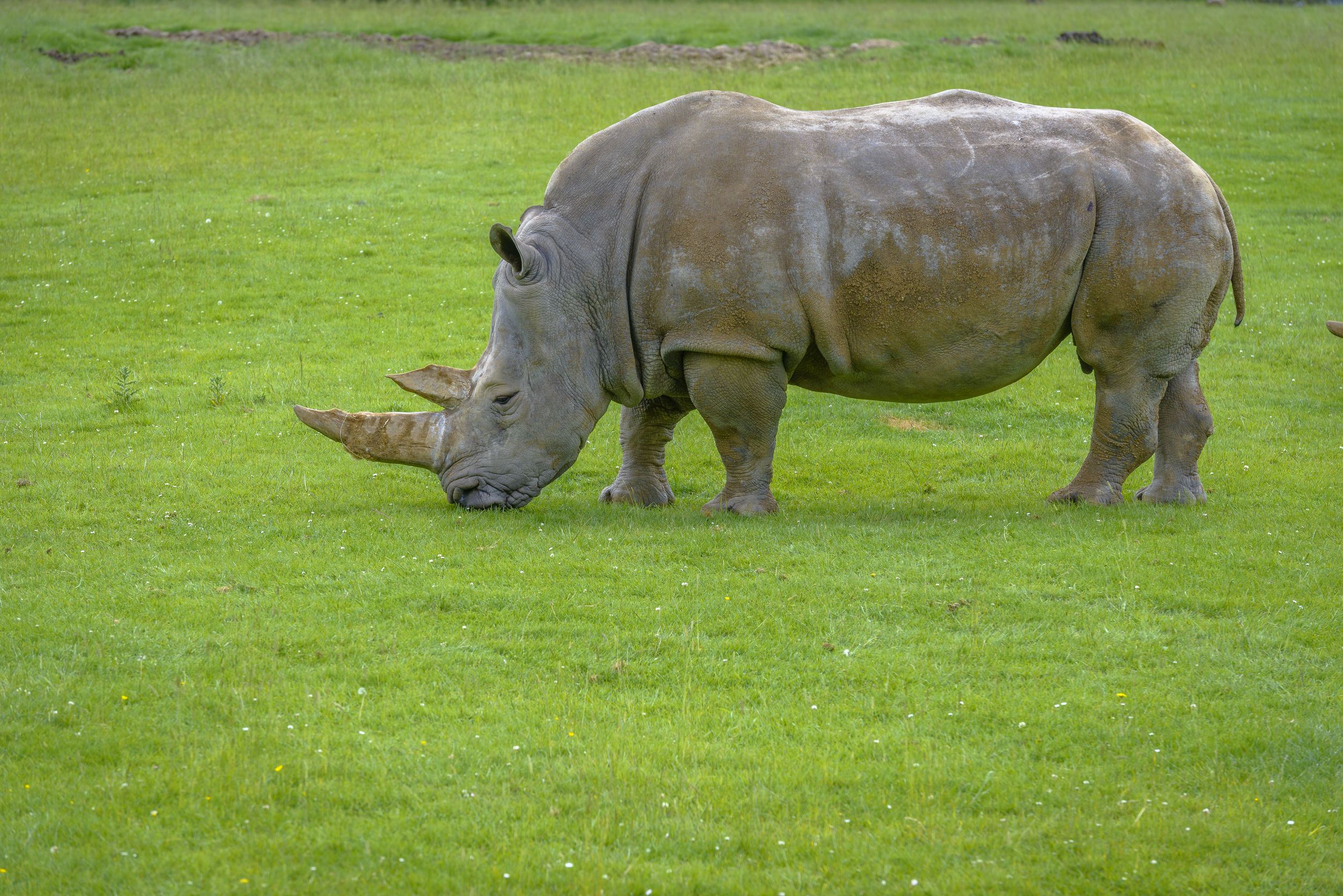The Last Male Sumatran Rhino In Malaysia Passed Away

The final male Sumatran Rhino in Malaysia, named Tam, has tragically passed away. The animal was living at the Tabin Wildlife Reserve in the state of Sabah at the time of its death. Researchers initially discovered Tam in 2008, wandering near an oil palm plantation.
Once the researchers had Tam in captivity, they attempted to breed him with two different female rhinos. Unfortunately, the breeding attempts were unsuccessful, and one of the female rhinos died of cancer in 2017.
Now, the female who survived, Iman, is the last of her species in the country of Malaysia.
The species has faced extreme challenges over the years, mostly in the form of poachers and habitat loss. The Sumatran Rhino is now critically endangered, according to The World Wild Life Organization.
In fact, experts believe that there are less than 80 Sumatran rhinos currently living wild. Most of the existing members of the species live on the nearby island of Sumatra. The remaining survivors live throughout Kalimantan in Indonesian Borneo.
An Elusive Species
However, it is important to mention that these numbers are only estimations. It is hard to tell exactly how many Sumatran rhinos live in the wild. This is a species that prefers to live in remote areas, so sightings are rare. The best way that scientists currently have to track their numbers is by using camera traps.
While the exact size of their population is unknown, it is clear that the population is decreasing. The number of Sumatran rhinos in the wild has dropped roughly 70 percent in 20 years.
Margaret Kinnaird, wildlife practice leader for WWF International, told National Geographic that there is an effort underway to sustain that Sumatran Rhino population.
“Tam’s death underscores how critically important the collaborative efforts driving the Sumatran Rhino Rescue project are. We’ve got to capture those remaining. Isolated rhinos in Kalimantan and Sumatra and do our best to encourage them to make babies,” Kinnaird said.
Authorities have not announced an official cause of death for the rhino, but they suspect natural causes. Sumatran Rhinos typically have a lifecycle of 35 to 40 years, and Tam was in his mid to late 30s.
Over 5000 people have downloaded our free ebook “Growth Hacking Tips And Rituals For Optimal Living” CLICK HERE to get your free copy now
Hope For The Future
Despite this tragedy, Kinnaird is still hopeful and believes that the species can be saved.
“Our most recent surveys indicate there are other rhinos still roaming in Kalimantan’s forests, which gives me renewed hope,” Kinnaird says.
Susie Ellis, executive director of the International Rhino Foundation, says that researchers learned a lot from Tam.
“The work that the Borneo Rhino Alliance did with advanced reproductive techniques, especially harvesting eggs and attempting to create embryos, took us one step further towards understanding of the species’ biology. The public needs to understand how precarious the survival of Sumatran rhinos is. Tam’s loss represents roughly one percent of the population,” Ellis said.
“We need to continue to be laser-focused on saving the remaining 80 Sumatran rhinos, using a combination of intensive protection and captive breeding, and working with local people to instill pride that the rhino is part of their biological heritage. This is a battle we cannot afford to lose,” she added.
https://www.facebook.com/brutnature/videos/2268256809879823/
Image credit: 123RF
Leave Comment: